The animal kingdom is full of fascinating creatures, some of which have developed incredible adaptations to survive. Among these adaptations are the use of venom and poison, which serve as powerful weapons and defense mechanisms. Let’s explore 14 intriguing facts about these toxic substances in the animal world.
1. Not all venomous animals are poisonous, and vice versa.

Venomous animals, like snakes and spiders, inject toxins into their prey or predators through bites or stings. Poisonous animals, such as certain frogs and insects, secrete toxins from their skin or other body parts, which are harmful when touched or ingested.
2. The box jellyfish is the most venomous marine animal.
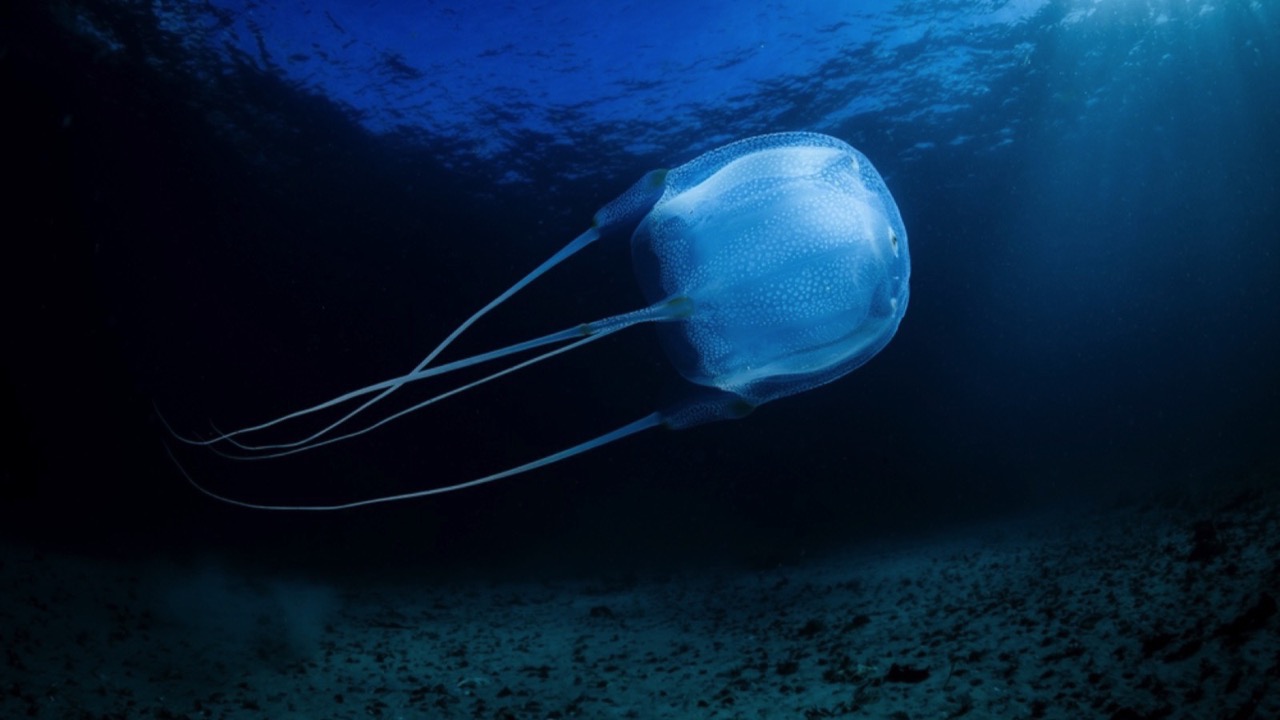
Box jellyfish have tentacles lined with millions of microscopic nematocysts that deliver a potent venom. This venom can cause severe pain, paralysis, and even death in humans.
3. The golden poison dart frog is the most poisonous animal on land.
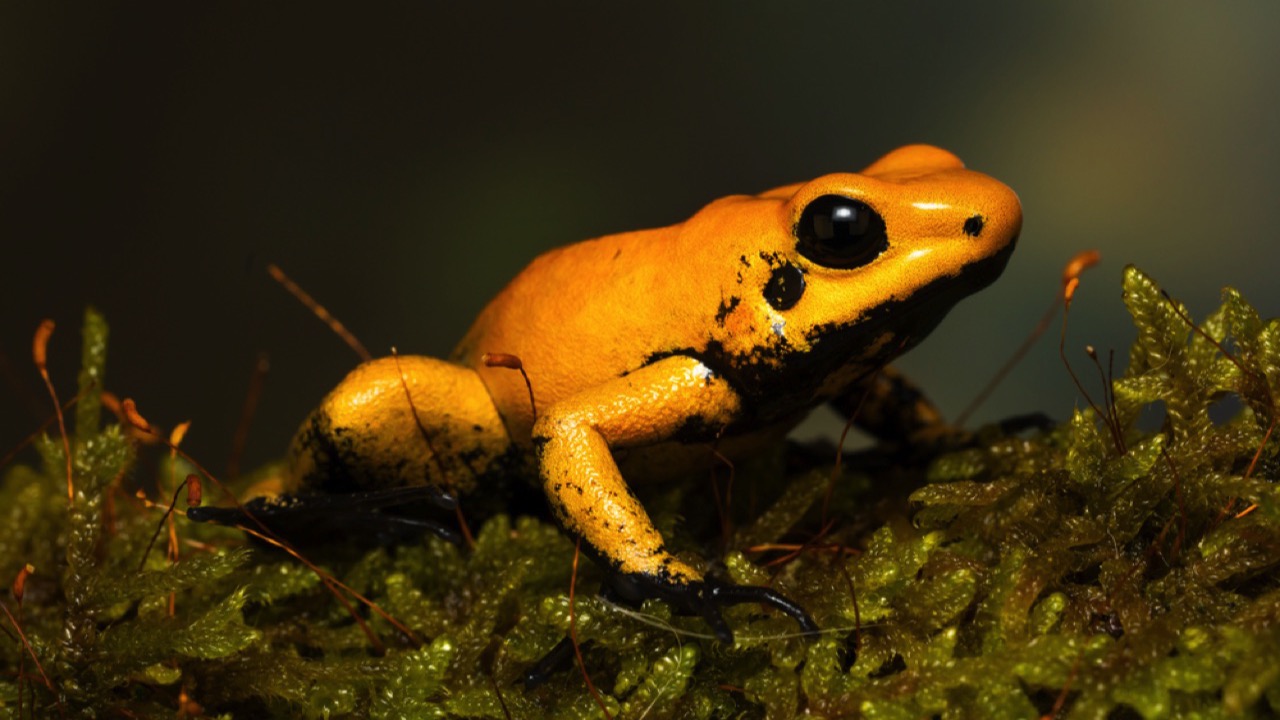
Native to the rainforests of Colombia, this tiny frog’s skin secretes a powerful toxin called batrachotoxin. Just one drop of this poison can kill up to 20,000 mice or 10 adult humans.
4. Some venomous animals use their toxins for self-defense.
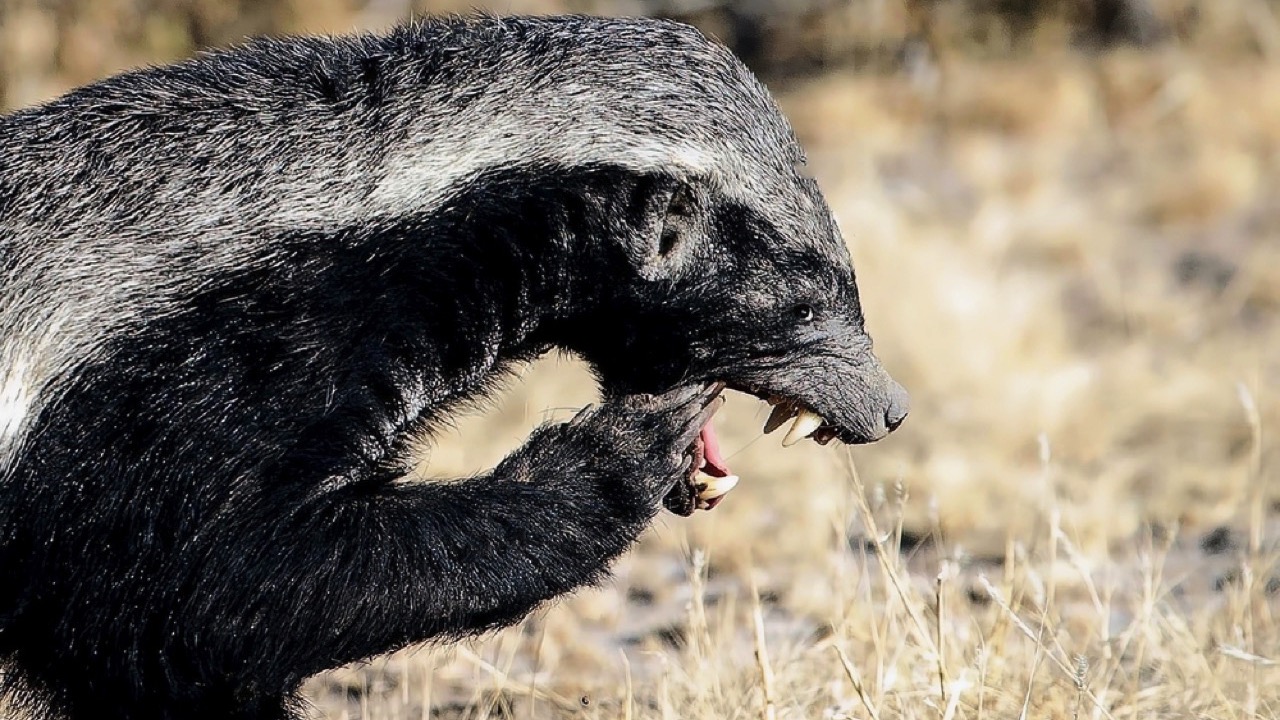
For example, the honey badger, known for its fearless nature, is immune to the venom of snakes and scorpions. When attacked, it can release a foul-smelling liquid from its anal glands to deter predators.
5. The platypus is one of the few venomous mammals.
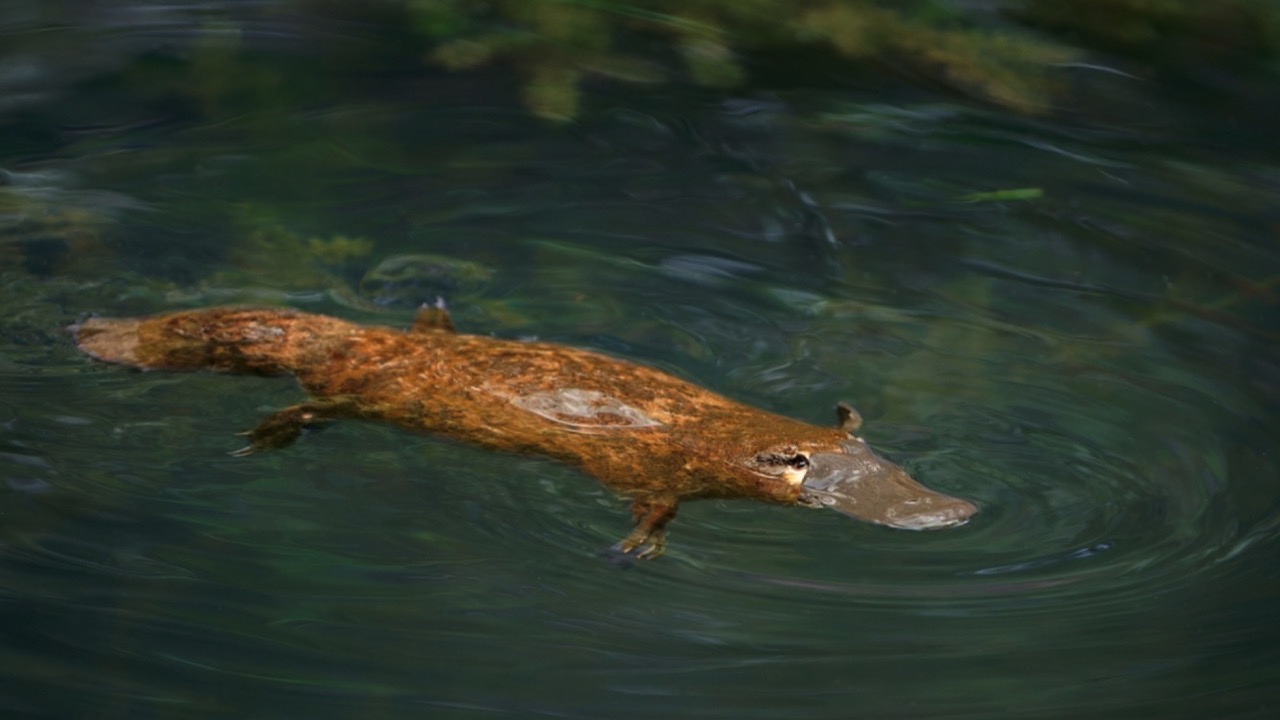
Male platypuses have spurs on their hind legs that deliver a venom capable of causing severe pain in humans. However, this venom is not lethal and is primarily used for competing with other males during mating season.
6. Some caterpillars have venomous spines.
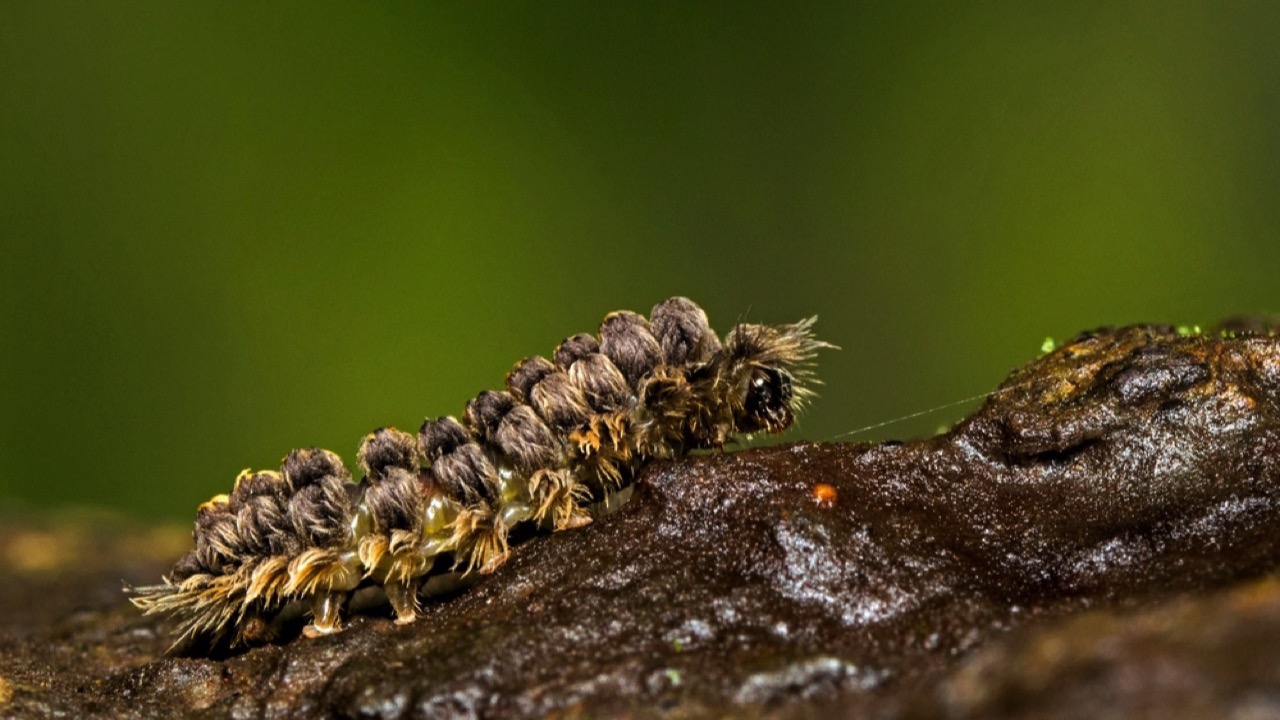
The puss caterpillar, found in the United States, has hollow spines that deliver a potent venom when touched. The sting can cause intense pain, swelling, and even more severe reactions in some people.
7. The Gila monster is the only venomous lizard native to the United States.

This slow-moving lizard stores venom in its lower jaw and releases it through grooves in its teeth when it bites. While painful, its bite is rarely fatal to humans.
8. Some birds, like pitohuis and ifrita birds, are poisonous.
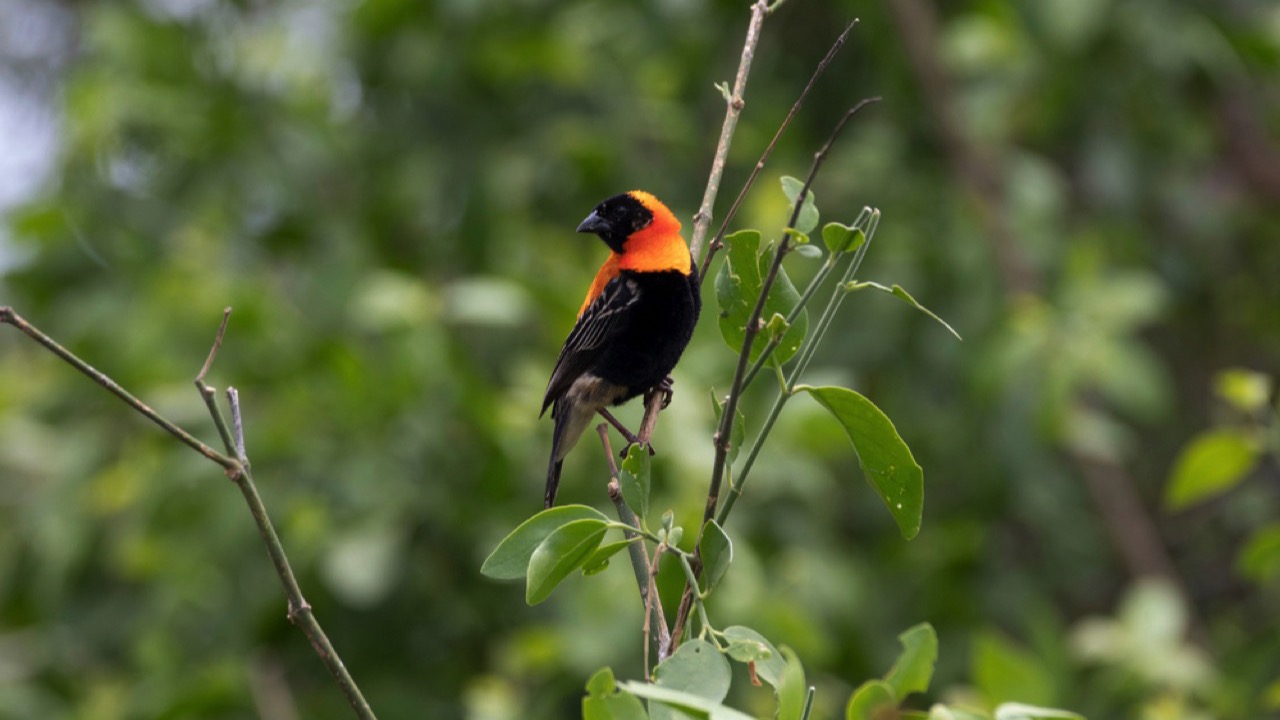
These birds, native to New Guinea, have toxins in their skin and feathers that they acquire from eating poisonous insects. The toxins make them taste bad to predators, providing a natural defense.
9. The king cobra is the world’s longest venomous snake.
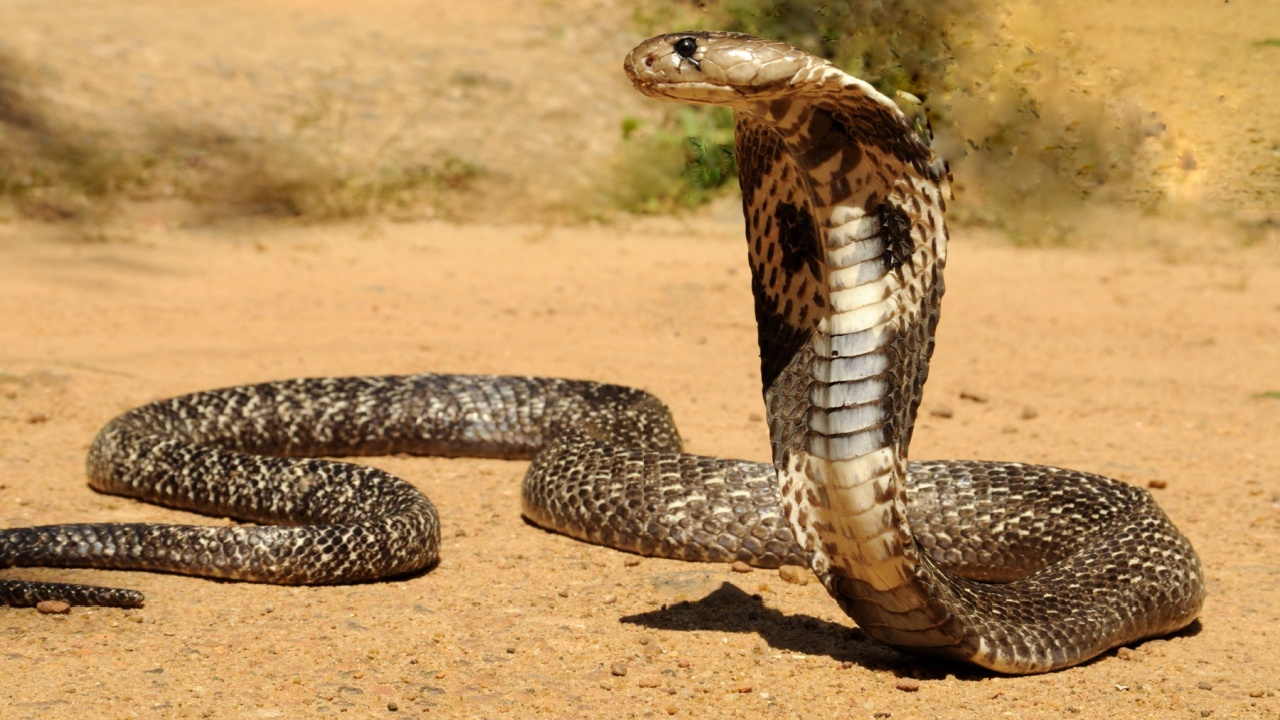
Growing up to 18 feet long, the king cobra’s venom is not the most potent among snakes, but it can deliver a large quantity in a single bite, making it dangerous to humans.
10. The stonefish is the most venomous fish in the world.
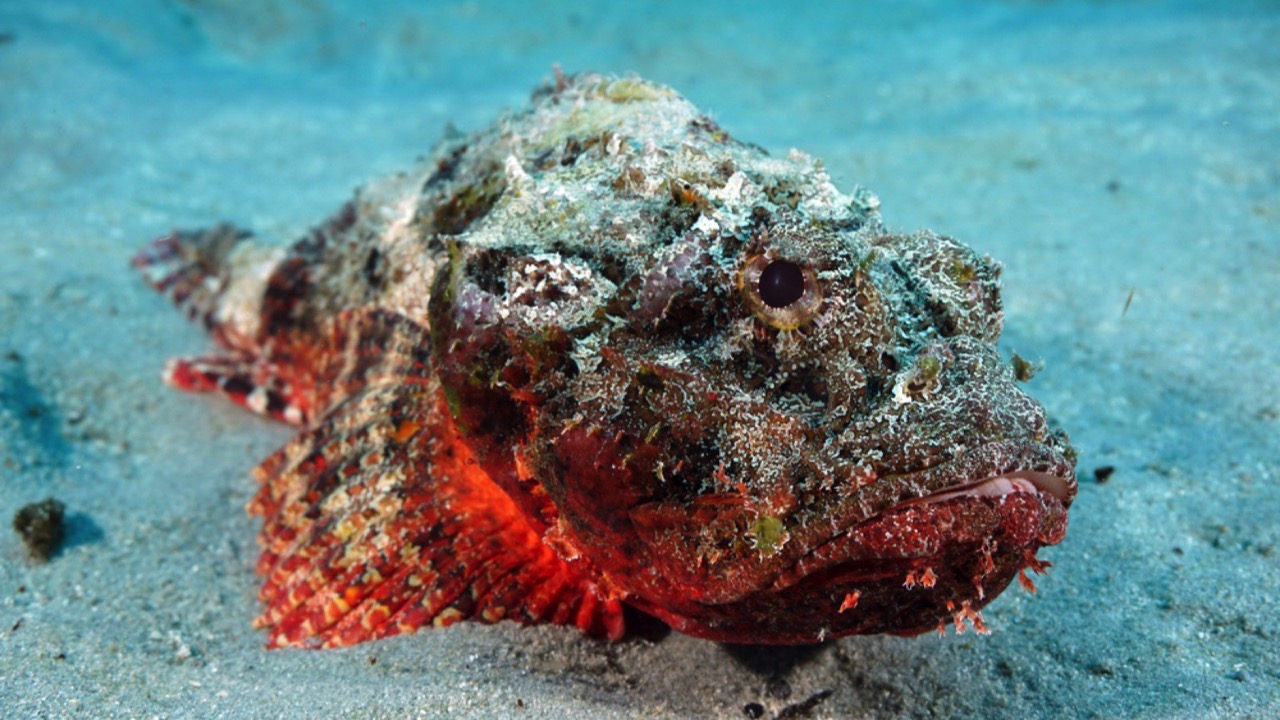
Found in the shallow waters of the Indo-Pacific, the stonefish has venomous spines on its back that can cause severe pain, paralysis, and even death if stepped on.
11. Some mammals, like the slow loris, secrete poison from their elbows.
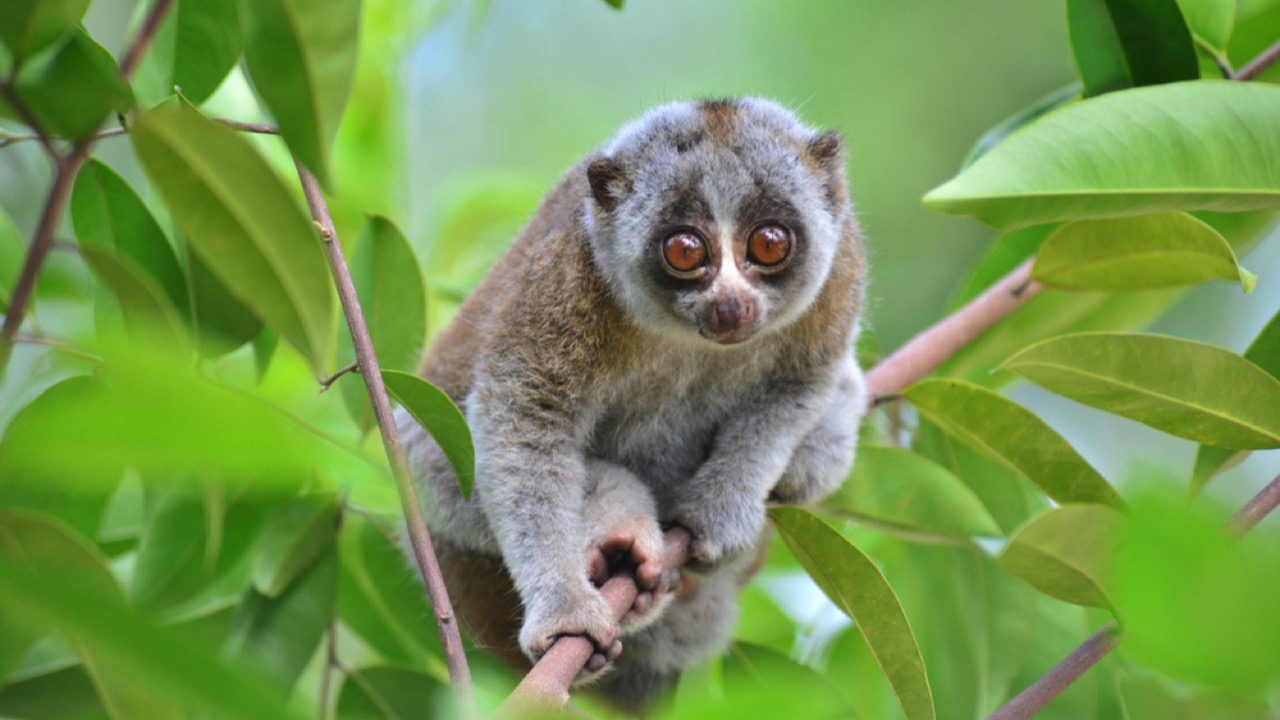
The slow loris, a small primate native to Southeast Asia, has a gland on its elbow that secretes a toxin. When threatened, it licks the gland and mixes the toxin with its saliva, creating a venomous bite.
12. The Brazilian wandering spider is the most venomous spider in the world.
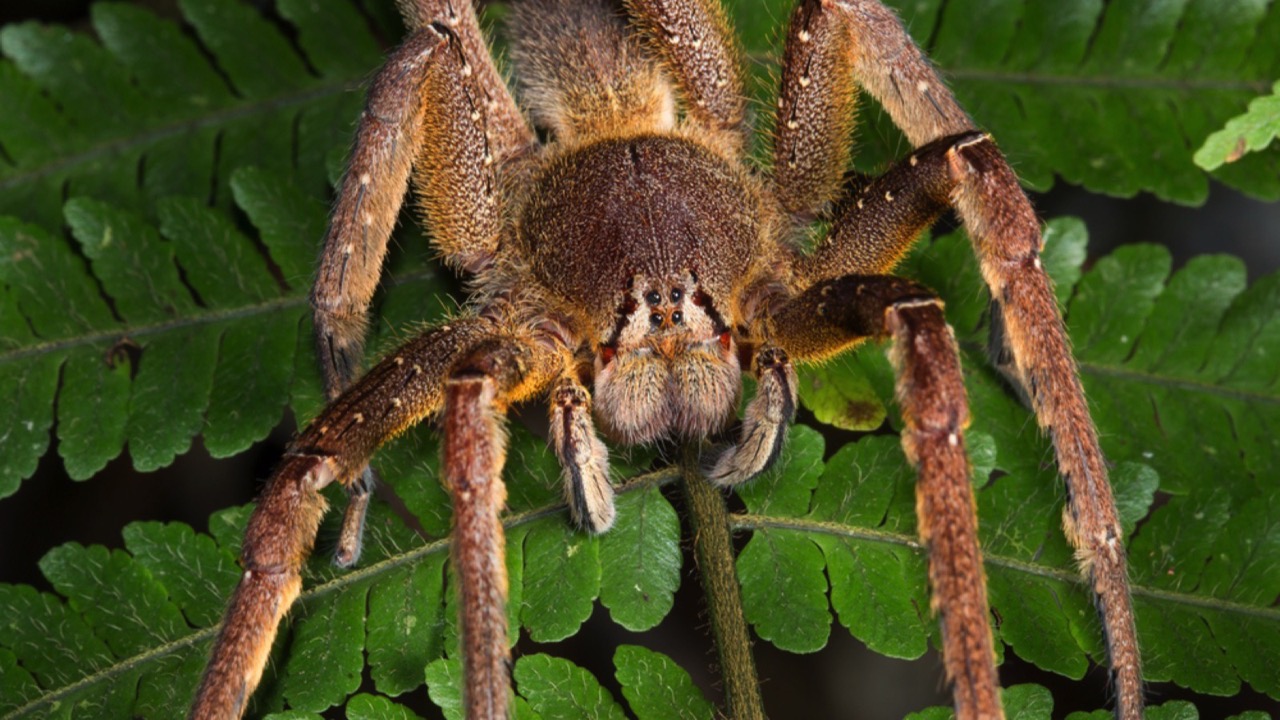
This spider’s venom contains a potent neurotoxin that can cause severe pain, cramping, and even death in humans. However, bites are rare, and antivenom is available.
13. Some cone snails use venom to hunt fish.
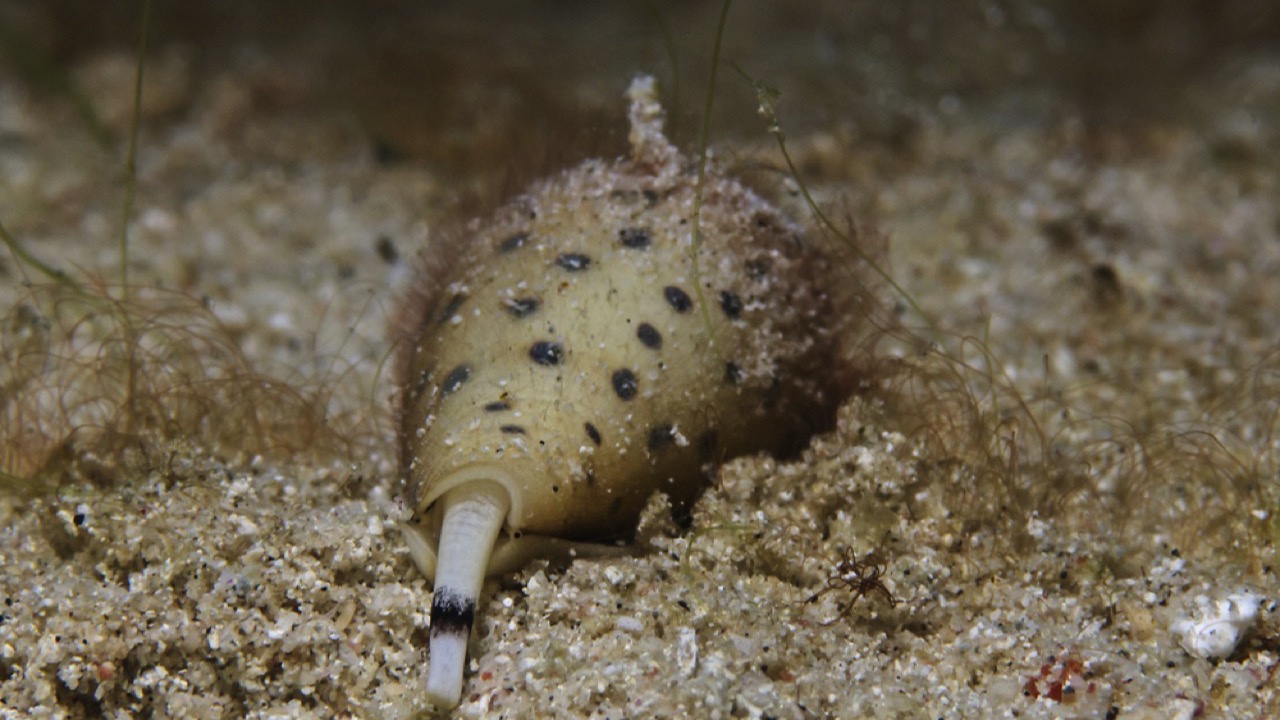
These marine snails have a venomous harpoon-like tooth that they use to capture and paralyze fish. The venom of some species can also be dangerous to humans.
14. The giant Japanese hornet has a venomous sting.
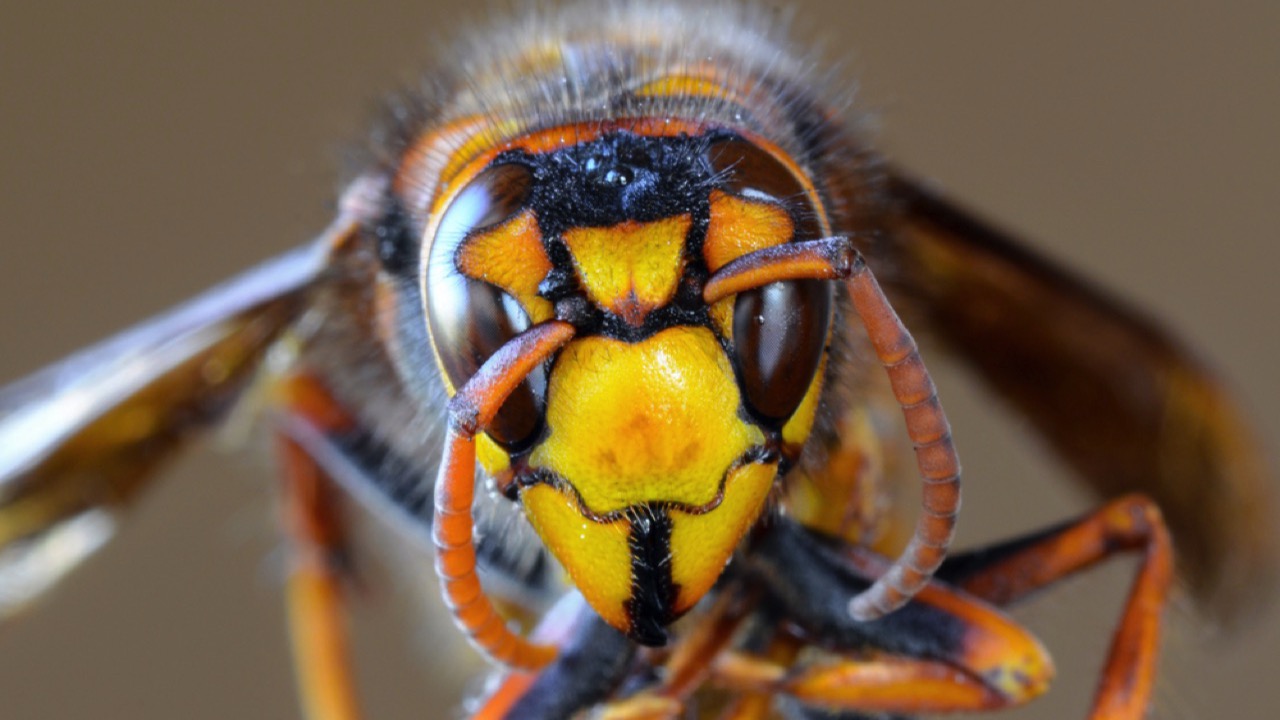
This large hornet, native to East Asia, has a potent venom that can cause severe pain and allergic reactions in humans. Multiple stings can be fatal, even to people without allergies.
Becky is a fervent wildlife enthusiast and pet care expert with a diploma in canine nutrition. Her love for animals stretches beyond the domestic, embracing the wild tapestry of global fauna. With over a decade of experience in animal welfare, Becky lends her expertise to OutlandishOwl through insightful articles, captivating wildlife information, and invaluable guidance on pet nutrition. Her work embodies a deep commitment to understanding the intricate lives of animals and a passion for educating others on sustaining natural habitats. Becky's hands-on conservation efforts and her knack for translating complex dietary science into practical pet feeding tips make her an indispensable voice for creatures great and small.




